UK CPI slowed further to 0.5% yoy in May, down from 0.8% yoy, matched expectations. That’s the lowest level since 2016. Nearly all categories of prices contributed to the decline in CPI, except food and non-alcoholic beverages. Core CPI dropped to 1.2% yoy, down from 1.4% yoy, matched expectations too.
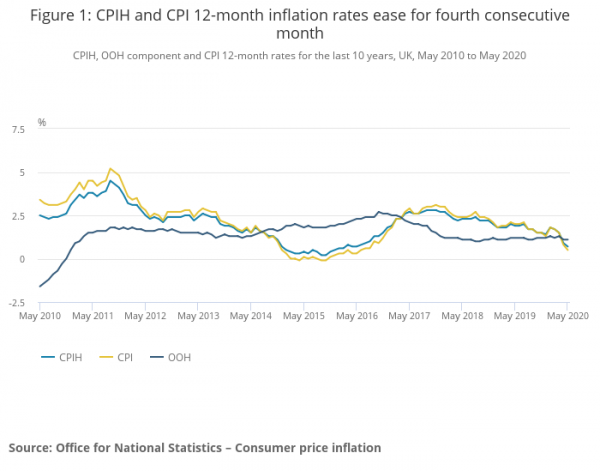
Also released, RPI slowed to 1.0% yoy in May, down from 1.5% yoy, missed expectation of 1.3% yoy. PPI input came in at 0.3% mom, -10.0% yoy, versus expectation of -4.0% mom, -8.7% yoy. PPI output was at -0.3% mom, -1.4% yoy, versus expectation of -0.1% mom, -0.9% yoy. PPI output core was at 0.0% mom, 0.6% yoy versus expectation of 0.1% mom, 0.7% yoy.




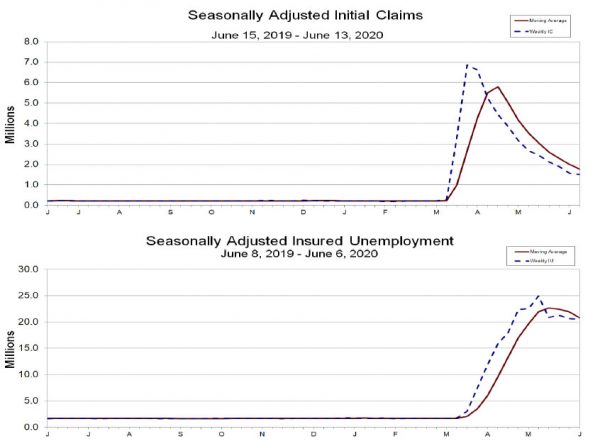
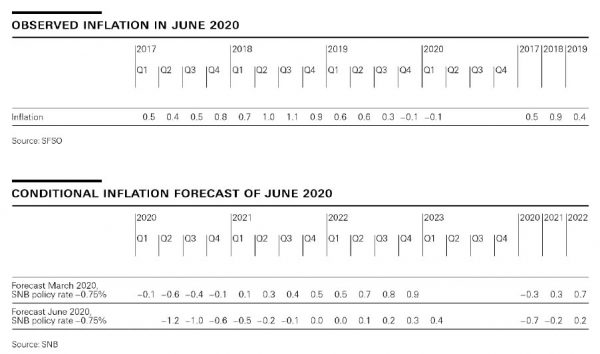
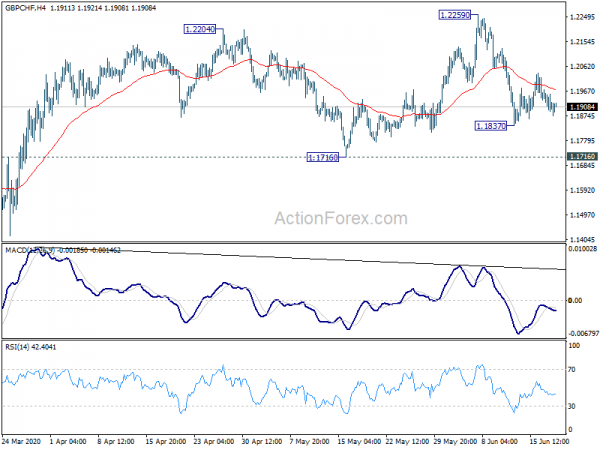
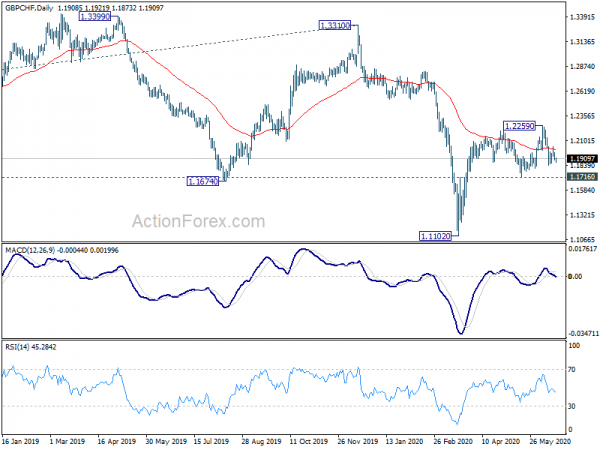
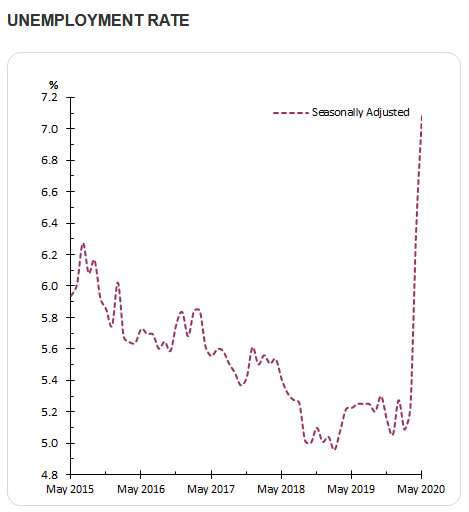
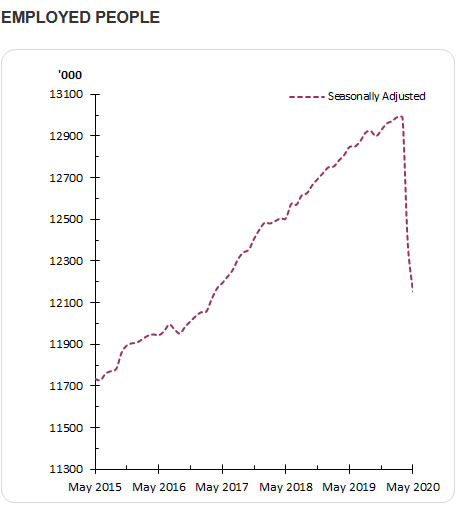
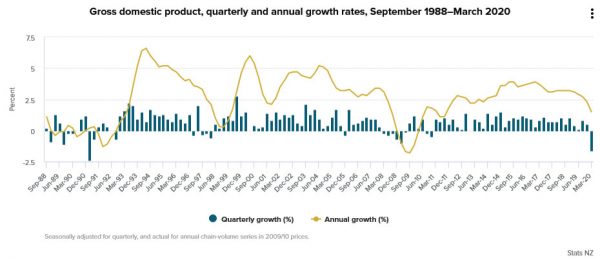
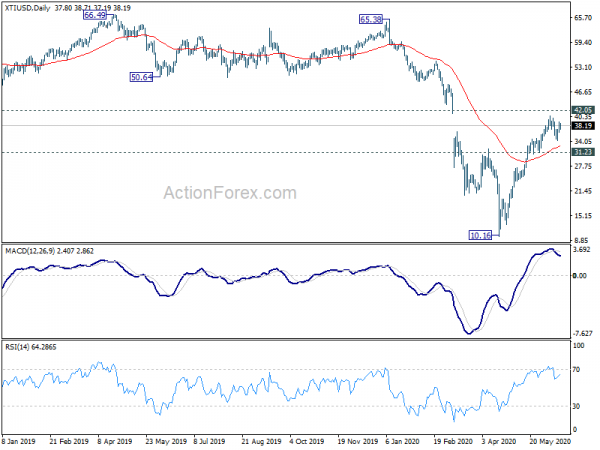
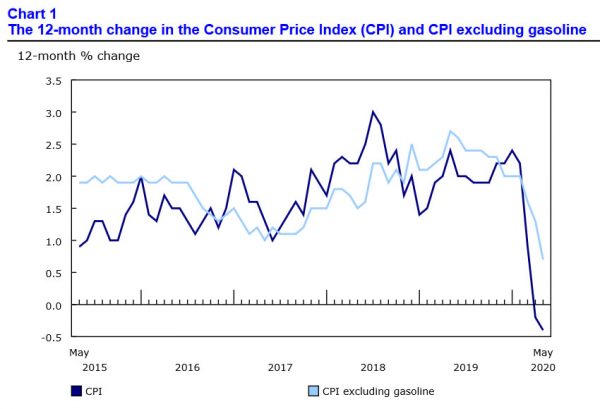
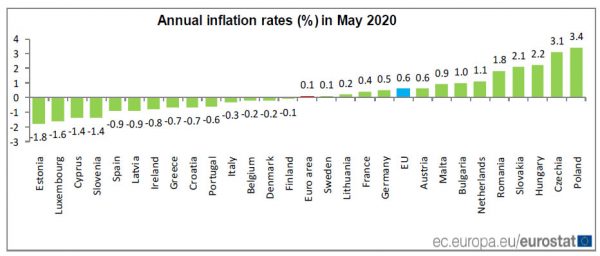

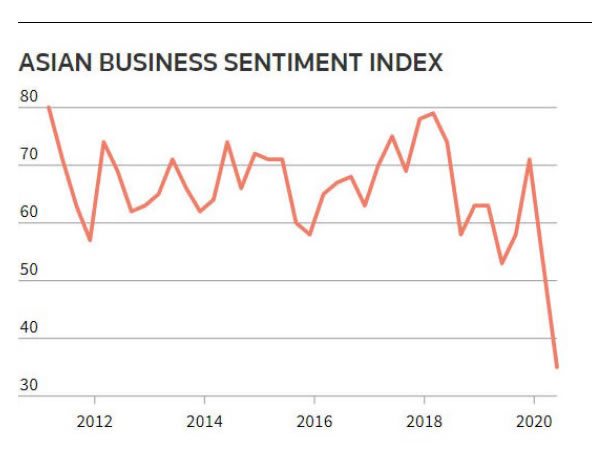
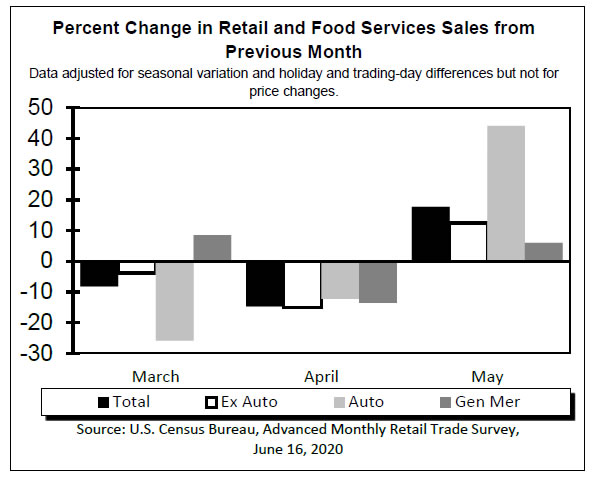
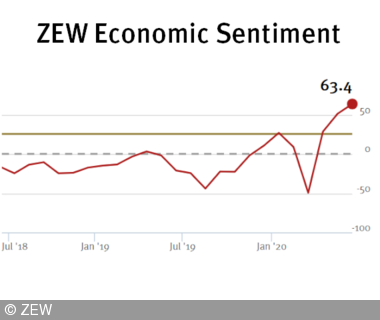
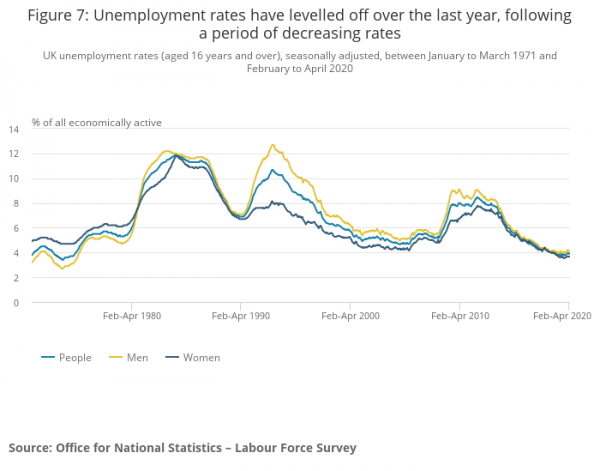
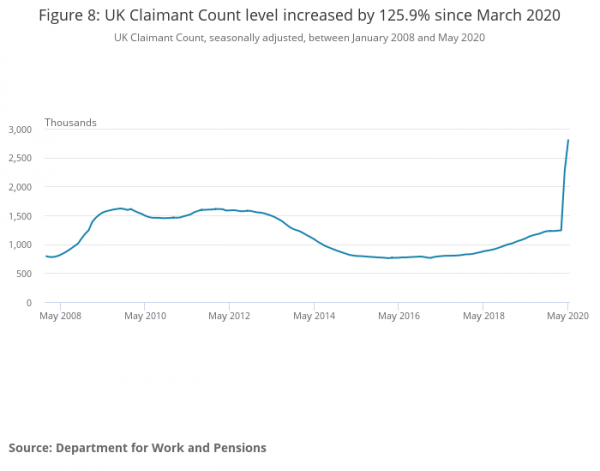

Philly Fed manufacturing outlook turned positive to 27.5, future activity hit 30-year high
Philadelphia Fed Manufacturing Business Outlook rose notably to 27.5 in June, up from -43.1. That’s also the first positive reading since February. Future activity index rose 17pts to 66.3, hitting the highest level in nearly 30 years. New orders (16.7), and shipments (25.3) returned to positive territory after negative readings over the past few months. Employment stayed week despite improvement, with numbers of employees at -4.3 and average employee workweek at -6.5.
Full release here.